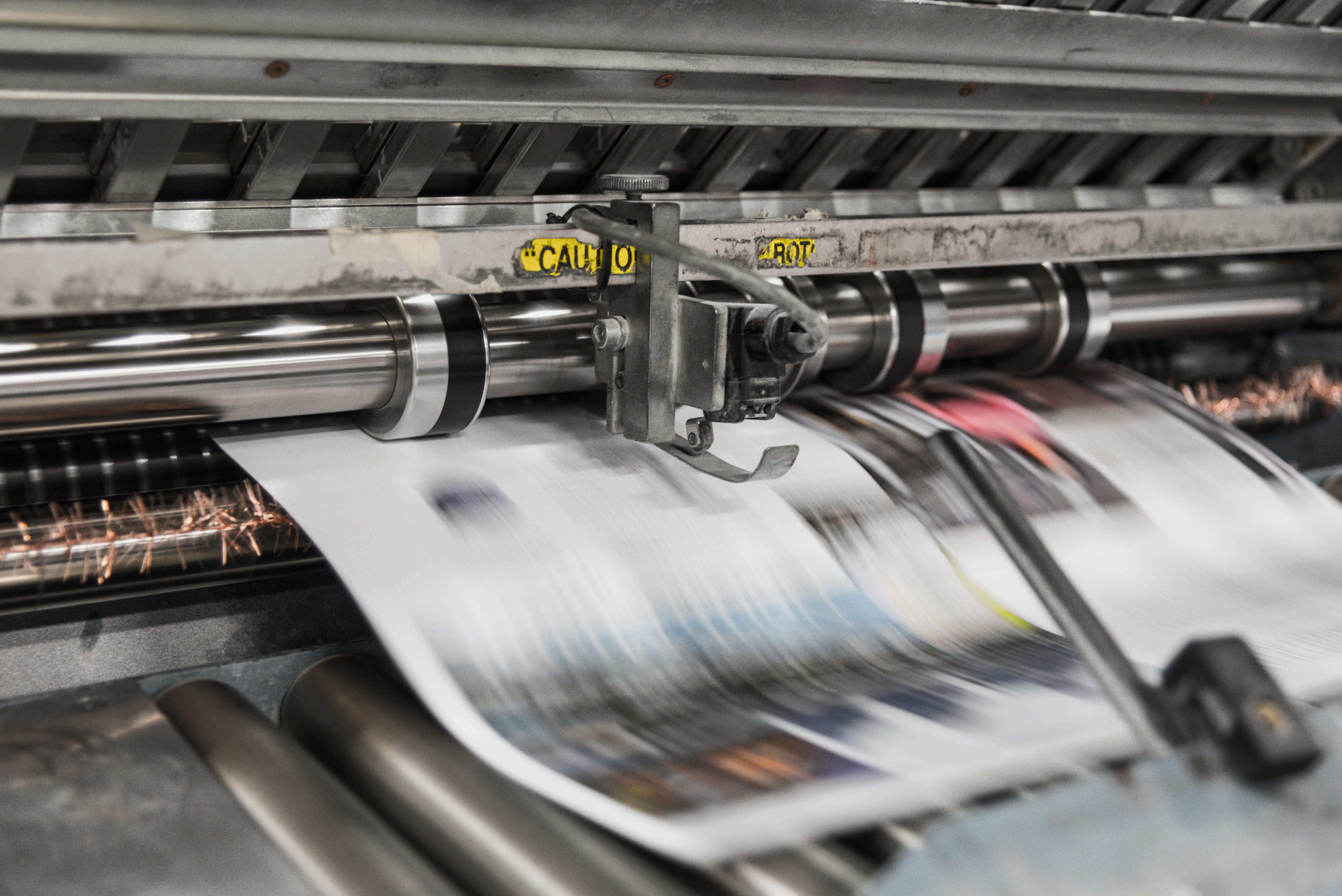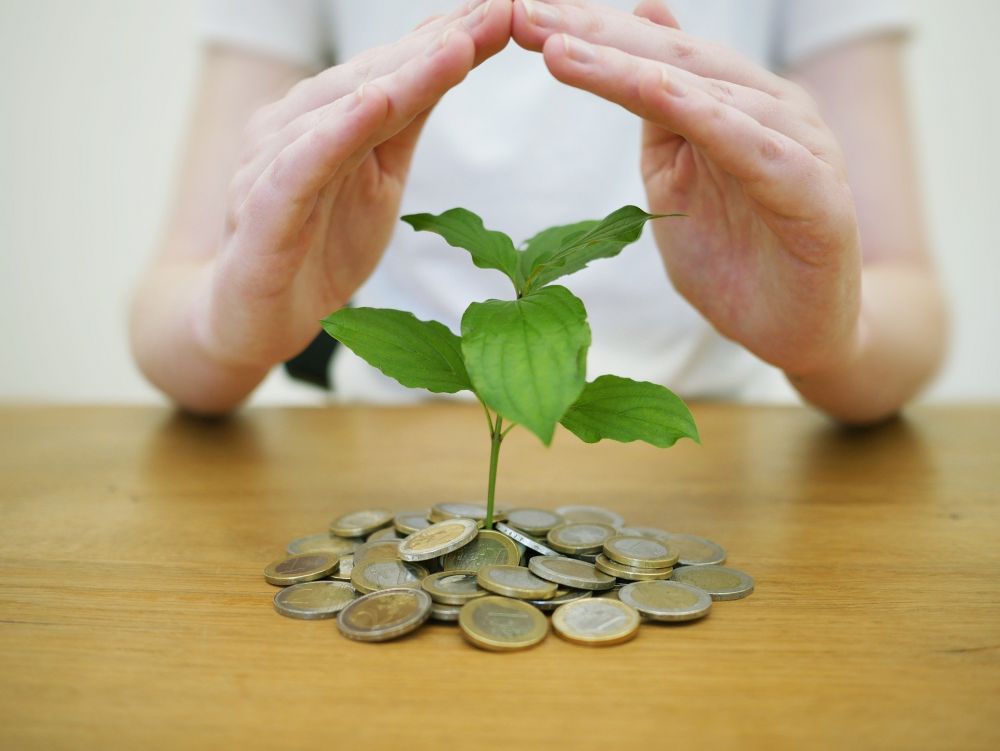News
Without investment in circular business, we won't reach our net-zero goals
14 Oct 2021
The recent IPCC report issues the starkest climate change warning yet. The pressure to achieve net-zero (carbon neutrality) is mounting. However, decarbonisation and energy efficiency alone will not permit us to reach our greenhouse gas (GHG) emission targets. Crucially, a 1.5-degree world must be resource-smart: circular economy strategies are crucial for climate mitigation and reaching the goals of the Paris Agreement. The upcoming pivotal climate conference, COP26, hopes to mobilise trillions of dollars in climate finance. If directed towards companies that apply circular economy strategies, this funding can get the world on a net-zero path—and represents secure and future-proof investment opportunities for financiers.
Businesses and financiers stand to play a key part in the circular transition. While companies utilising circular business models are struggling to entice investors that are used to judging linear business models, financiers are increasingly searching for sustainable investments that are financially safe. A growing number of case studies show that circular business investments are profitable, protected from linear risks, and will allow investors to reach net zero alongside resilient, risk-adjusted returns.
You don't have to be a pioneer to start investing the circular economy, as shown by the notable rise in circular financing: private financial institutions and asset managers—such as ABN AMRO, Barclays, BlackRock, BNP Paribas, HSBC, ING, Intesa San Paolo, Rabobank and RobecoSAM—have issued their own circular economy finance products and services. However, more is needed. The majority of recent initiatives continue to focus on decarbonisation and energy efficiency—and not resource use and circularity. The recently launched Net Zero Investment Framework Implementation Guide makes no mention of circularity, for example, and the same is true for the Investor Guide to Climate Collaboration: From COP26 to Net Zero developed by LSEG and Principles for Responsible Investment.
The promise of the circular economy
Our Circularity Gap Report 2021 made clear that we cannot reach our 2-degree, or ideally 1.5-degree goal, focusing on energy efficiency or the energy transition alone. Looking at national climate pledges submitted by countries—Nationally Determined Contributions (NDCs)—we are still projected to hit 3.2-degree warming by 2100.Essentially, current pledges only get us 15% of the way toward our goals. Yet applying circular economy strategies at the intersection of resource and emissions-intensive processes has the potential to deliver the remaining 85%.
This is because the vast majority of emissions (70%) are associated with the use and handling of materials. A circular transition involves a fundamental rethinking of our present economic model to close the resource cycles on the smallest scale possible, extend the lifespan of material and products in use, and design waste and pollution out of the system. Through a gradual decoupling of growth and prosperity from the use of natural resources, it can pave a way for a resource-aligned, people-centric and emissions-free future.
The potential for circular investment
The financial sector stands to play a crucial part in the circular transition. In Europe alone, reaching the interim GHG reduction target of 40% by 2030 requires €260 billion of additional investment a year. The trillions of dollars which COP26 aims to mobilise in climate finance holds enormous potential to bridge this gap and achieve broader global objectives.
Through investing in circular businesses, investors can help achieve these goals alongside risk-adjusted returns. The benefits are manifold. Firstly, circular investments are more profitable. A global survey of 150 companies recently found that companies engaging with circular economy models reap monetary and reputational benefits as a direct result of the activities. Circular businesses are also safer from linear risks, such as failures in the supply chain or vulnerability to social, economic or political trends that threaten a firm’s strategic business objective. Circular companies steer away from these risks—and therefore represent secure investments.
Moreover, as the EU rolls out its sustainable finance package, forward-looking investors need to reconsider their portfolios now in order to avoid future compliance risks and reputational costs. Just as companies had to prepare for carbon pricing, companies and investors will have to consider resource use and related costs in their risk assessments. New regulations such as the EU Taxonomy and the Sustainable Financial Disclosure Regulation (SFDR) will soon become mandatory and financiers need to understand the beneficial role of circularity in preparing before it’s too late.
To read more about the potential of circular investments and what circular investors can do, click here
Image (Pixabay) , licensed under Pixabay License
All news

